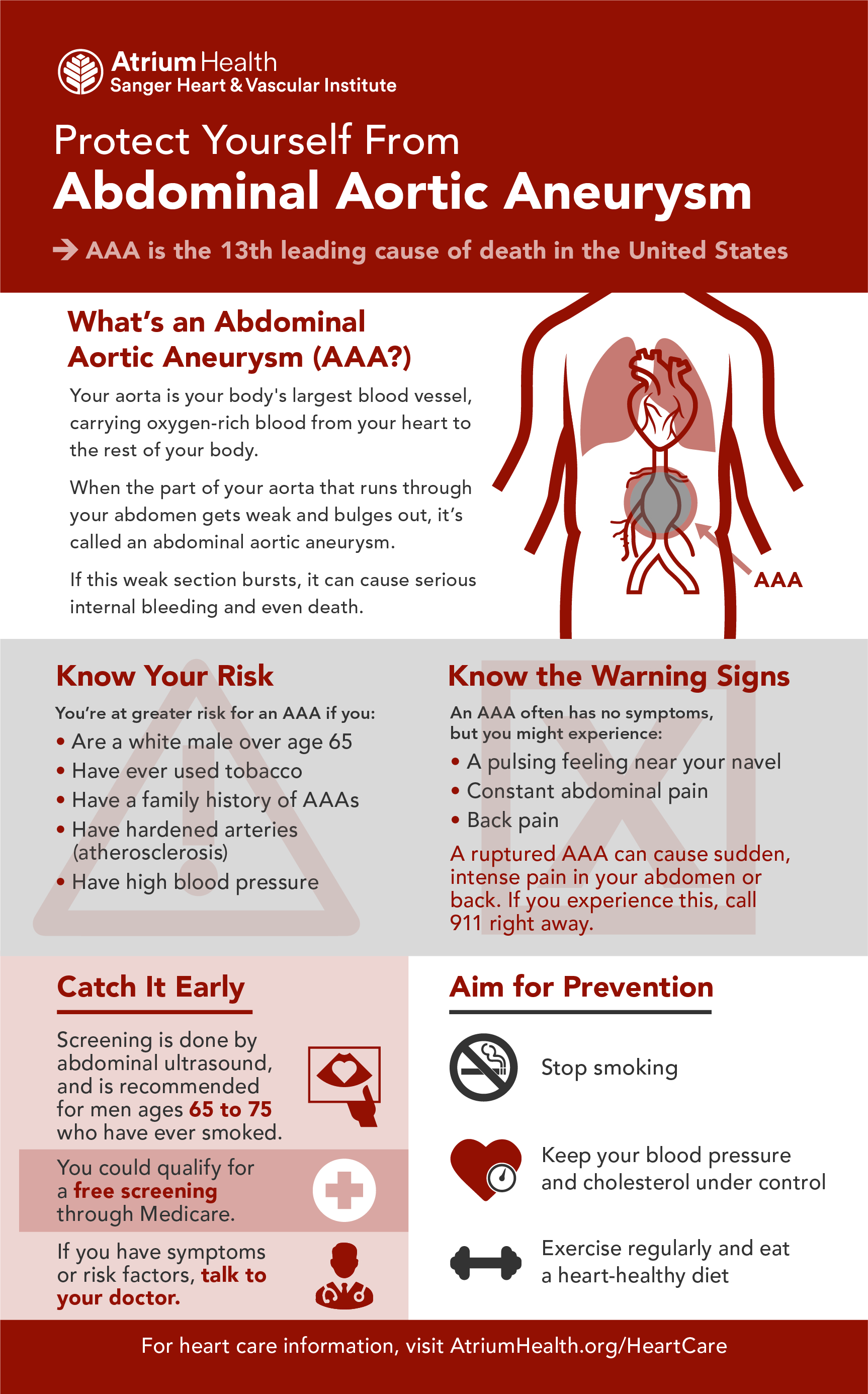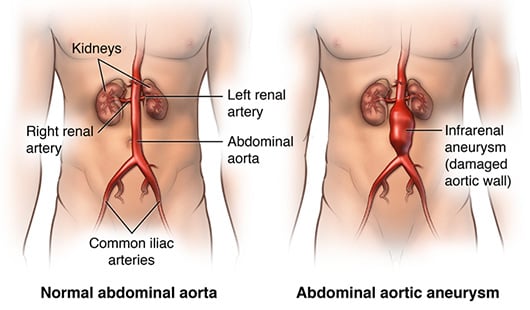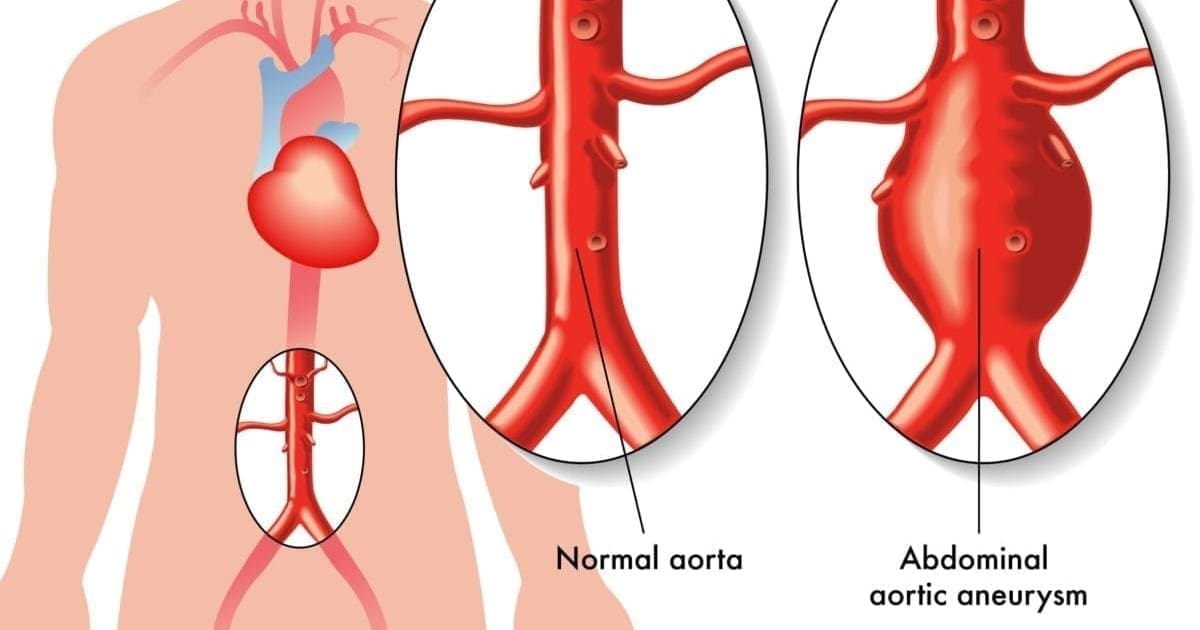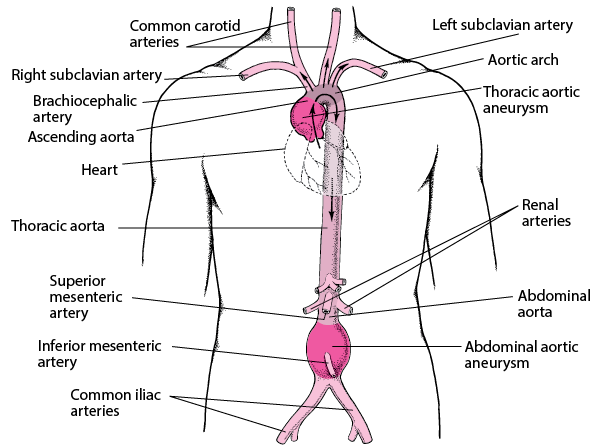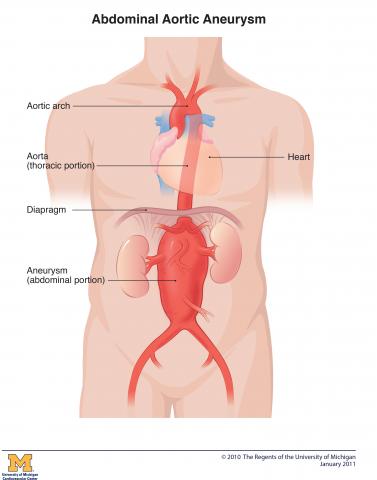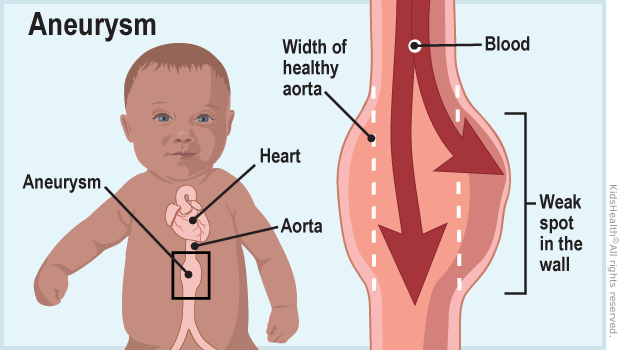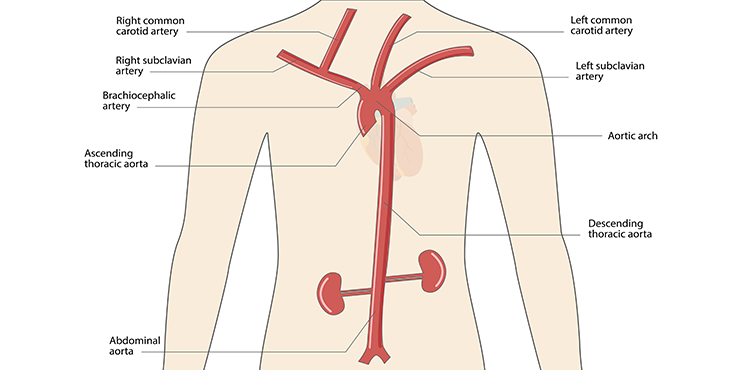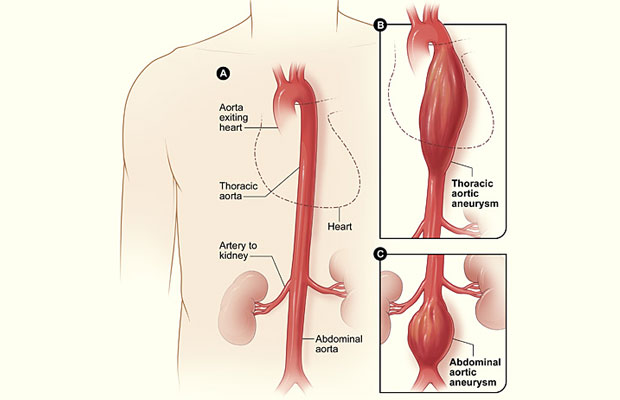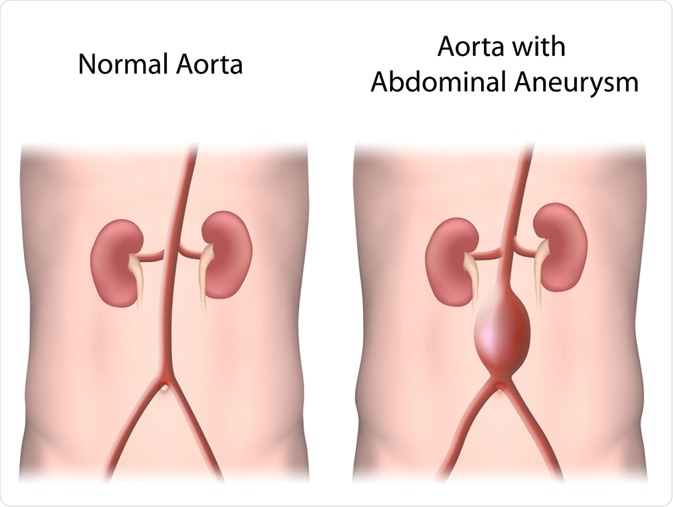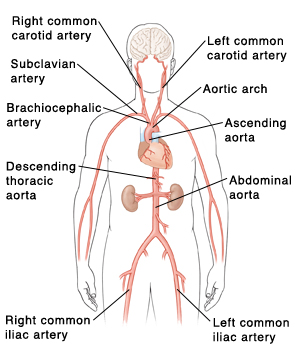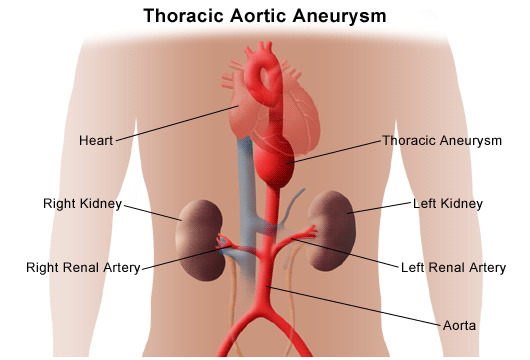Top Notch Info About How To Diagnose Aortic Aneurysm

Abdominal ultrasound (with color duplex sonography) largely available and.
How to diagnose aortic aneurysm. C process, medical issues, and the available exercise training literature, and provides recommendations for performing regular exercise. A pulsating or throbbing feeling in your stomach area, shortness of breath if the aneurysm presses on your lung, swelling of the face, neck, or arms if the aneurysm pushes on. Strict blood pressure control is vital for treating aortic root aneurysms.
An aortic aneurysm occurs when a weak spot in the wall of the aorta begins to bulge, as shown in the image on the left. Thoracic aortic aneurysms are usually caused by high blood pressure or sudden injury. Have a heart doctor routinely check your condition.
The treatment for an abdominal aortic aneurysm (aaa) mostly depends on how big it is. It's also often monitored on an annual basis to assess. Diagnosing an abdominal aortic aneurysm.
In addition to a complete medical history and physical examination, diagnostic procedures for a thoracic aortic aneurysm include: Sometimes people with inherited connective tissue disorders, such as marfan syndrome. They may also recommend several imaging tests if they suspect an.
It is prudent to keep systolic blood pressure <180. Computed tomography scan (ct or cat scan) magnetic. This test uses sound waves to create pictures of the.
Let's take a look at the imaging methods used in the diagnosis of aortic aneurysms! Track your blood pressure and share with your heart doctor. Aaas that haven’t ruptured are most often diagnosed when a doctor is scanning or examining your abdomen for another reason.
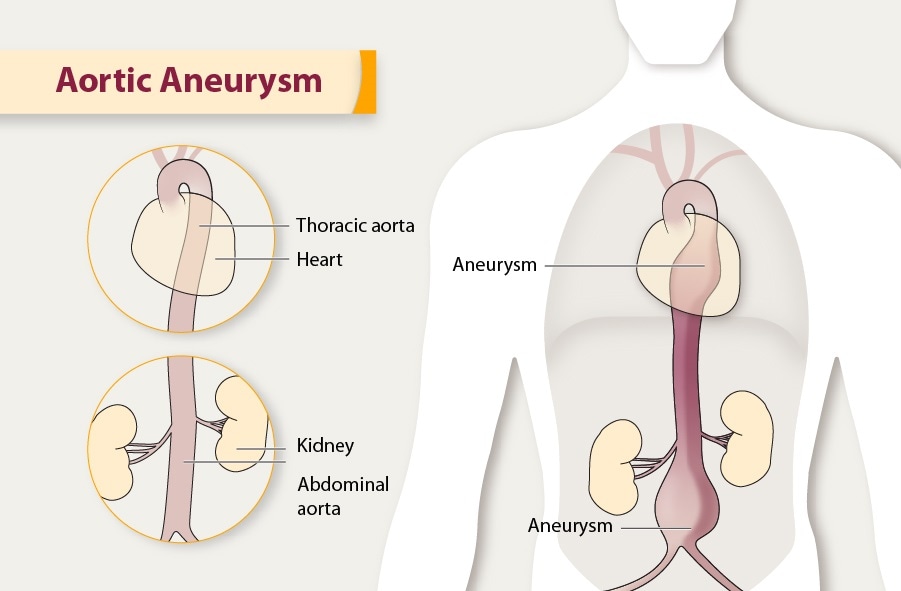
/aortic-aneurysm-symptoms-5ad8b7dea18d9e00362e79bc.png)
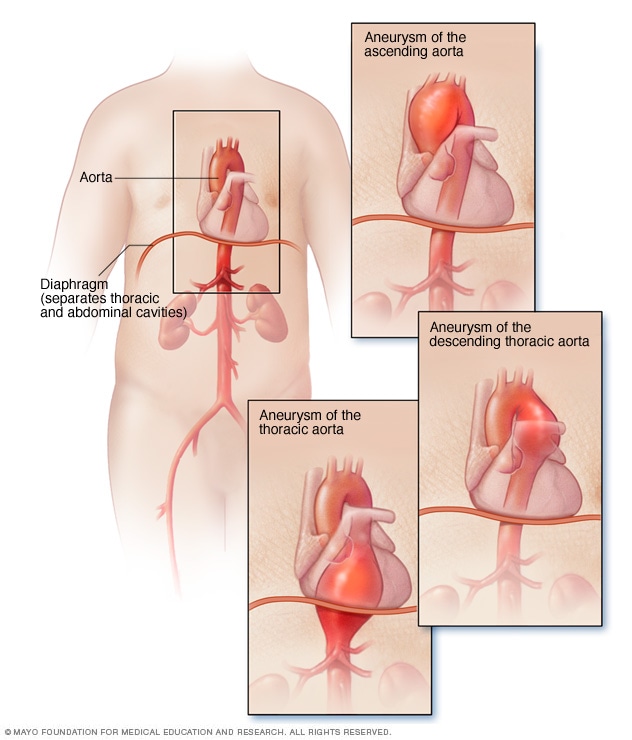
:max_bytes(150000):strip_icc()/aortic-aneurysm-symptoms-5ad8b7dea18d9e00362e79bc.png)

